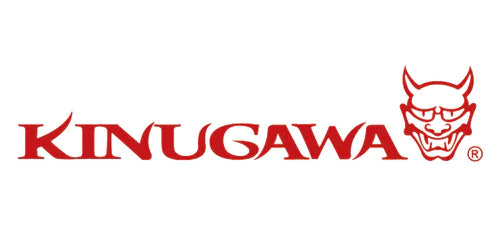Regarding the carbon on the shaft that you observed, it is indeed highly likely that the rear shaft seal was leaking. When the rear seal leaks, it allows hot exhaust gases from the turbine housing to enter the bearing housing. This contamination can cause the oil to degrade rapidly, leading to sludging and coking.

To clarify further, "sludging" refers to the oil inside the bearing housing degrading into a thick, sticky residue due to factors like heat, contamination, or insufficient lubrication. "Coking," on the other hand, describes the carbonization of oil into hard, black deposits, often a result of extreme heat, which can be exacerbated by oil starvation or prolonged high-temperature operation. The carbon deposits you're seeing are a strong indicator of this process occurring.
Given your observations that the engine oil itself is not contaminated, the oil pressure is fine, and the engine does not typically run hot, the primary issue appears to be localized within the turbocharger's bearing housing due to the seal leak. This situation can lead to poor lubrication directly within the turbocharger, despite adequate engine oil pressure and temperature.
Here's the link you can have a reference, https://store.kinugawaturbosystems.com/blogs/troubleshooting/oil-leak-from-turbine-seal
To address this and prevent future occurrences, we recommend considering the following:
* **Oil Quality and Change Intervals**: Ensure you are using high-quality synthetic oil with the correct viscosity ratings. In high-stress environments, such as those involving frequent towing or racing, shortening oil change intervals can be beneficial.
* **Oil Supply Issues**: While your engine oil pressure is good, it's worth checking the specific oil lines and filters leading to the turbocharger to ensure there are no partial clogs that might restrict flow to the turbo itself.
* **Cooling System**: Verify that the turbocharger's coolant lines are clear and that the cooling system is functioning optimally to prevent localized overheating of the turbo.
* **Engine Breather System**: Cleaning or replacing the PCV (Positive Crankcase Ventilation) valve can help reduce oil contamination from blow-by gases, which might indirectly impact the turbo's oil environment.
* **Preventive Maintenance**: Allowing the engine to idle for 30–60 seconds before shutdown helps cool the turbocharger, preventing oil from coking due to residual heat (thermal siphoning). Similarly, avoiding aggressive driving immediately after startup allows oil to circulate fully. Regular inspection of turbocharger components for any leaks, damage, or excessive play is also crucial.
* **Component Upgrades**: For enhanced longevity, especially in demanding applications, installing an aftermarket oil cooler or a turbo timer could be considered. Using oil additives, if recommended by the manufacturer, may also help reduce sludge formation.
If left unaddressed, sludging or coking can indeed lead to complete turbocharger failure, increased engine wear, and reduced performance. A professional diagnosis is always recommended for persistent issues.

